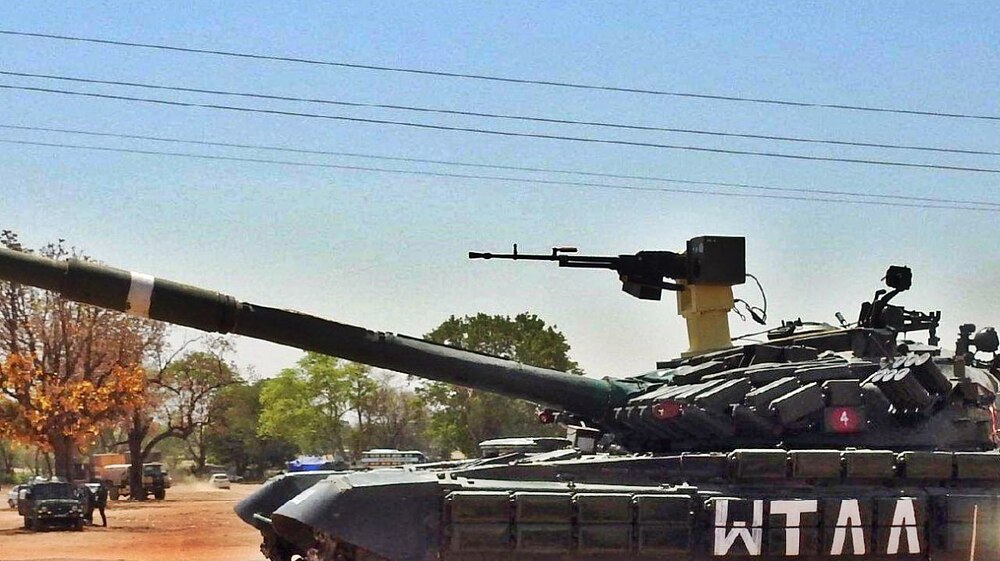- Some idea of the plans for the Su-75.
Would loove to wee this.
Along side the vickers mk4 (valiant) early 105mm model and a later 120mm model.
AIM-174 just gets rid of the booster
for low tier france
Pantserwagen M-38

The Pantserwagen M-38 had a respectable armament compared to contemporary German or other armored cars. The main armament, mounted in the turret, consisted of a 37 mm Bofors cannon and a 7.92 mm M.20 machine gun. Additionally, the hull of the vehicle was equipped with two more 7.92 mm M.20 machine guns, one located at the front and the other in the rear.
Each armored car had 60 rounds of 37 mm ammunition, including 40 Armor-Piercing High Explosive (APHE) rounds and 20 High-Explosive Anti-Tank (HEAT) rounds. The three machine guns had a total of nine magazines with armor-piercing ammunition and 17 magazines with regular ammunition.
The 37 mm Bofors was one of the most advanced anti-tank guns of the late 1930s and was widely used by Poland, Denmark, Finland, and many other countries.
The cannon could fire approximately 10 rounds per minute and had various types of ammunition available for use.
LAV 6.0 MK II, a.k.a Greg.
Features integrated Loitering Munitions system, a 30mm main gun and ATGM launchers.
What’s that? A new look at the LAV 6.0 technology demonstrator? As that’s what it reminds me of.
But I don’t want to say it its that.
I never understood the shielding around the barrel.


General design of the M113 ½
While similar in appearance to the original M113, the new vehicle was modified heavily for its new purpose. The troop compartment was completely removed. The same 6 cylinder General Motors engine which was on the M113 was placed at the rear. The crew compartment was at the front of the vehicle, and housed the driver, the commander and the observer. It was described as cramped. While the suspension from the M113 was kept, one roadwheel was eliminated, leaving only four on each side.
The aluminum armor was also taken from the M113, with a maximum thickness of 1.75 in (44.5 mm) on the lower front part, and a minimum of 0.75 in (19 mm). While these thicknesses may seem large, aluminum does not offer the same level of protection as steel. The armor could only protect the crew from machine-gun fire and shrapnel. An easy way to differentiate the M113 ½ from the M114 is that the front of the former is 3-sided, while that of the latter is a simple slope.
The Lynx was narrower (2.4 m vs 2.68 m), shorter (4.6 vs 4.86 m) and significantly lower (2.17 vs 2.52 m) than the M113. Of course, this also meant that the vehicle was lighter (8700 vs 11,300 kg). It retained the amphibious capabilities of its forerunner, but necessitated some quick preparations. A trim vane had to be erected (a part at the front which kept water from coming over the vehicle), bilge pumps started (remove water from inside the vehicle) and some covers put in place. Once in the water, the vehicle was propelled by the movement of its tracks, being able to reach a modest 6 km/h (4 mph).
Also, being significantly lighter, the 6 cylinder 212 hp diesel engine allowed it to reach speeds of up to 71 km/h (44 mph). The range, when going only on roads, was above 500 km (325 mi).
The Netherlands was the first customer for the new vehicle, buying 250 vehicles. In Dutch service, these were known as the M113 C&V (Commando & Verkenningen, literally Command & Reconnaissance). Sometimes, they are also called C&R. The driver was seated in the front left of the vehicle, with an infrared periscope mounted on his hatch and four normal ones on the roof of the vehicle. To his right sat the radio-operator, who also had four periscopes at his disposal. The commander was seated at the back, under a large cupola.
A 12.7 mm (0.5 in) M2TTHB machine-gun was mounted on top of the vehicle, being operated by the commander. Another 7.62 mm (0.3 in) machine-gun could be mounted in front of the radio-operator’s hatch.
However, in 1974, the Dutch army decided to replace the commander’s cupola and armament with an Oerlikon Contraves GBD-AOA turret, armed with a 25 mm (0.98 in) KBA-B cannon. The C&V was eventually replaced by the Fennek.
Some of the Dutch vehicles have been sold off to Bahrain (35) and Chile (8).
Maybe try make a suggestion from this, this seems to be detailed enough, just needs the sources.
Alternatively you can ask supercati who makes a ton of Dutch vehicle suggestions
were can i do that
You can make a new topic and place the suggestion-other ground tags on it
Here’s a guide and rules post to help
T-80UA Russian MBT that was accepted into service in 2005, basically was T-80U tank with overall improved FCS and Shtora system. Prototype had PN-5 NVG for gunner, while serial tanks, just like serial T-80U-E1 recieved Plisa 2nd gen thermal.
Hopefully gonna end up in tech tree after T-80U and before T-80BVM at 12.0 with 3BM60, really dont like how only 1 T-80U rn is TT with all other being not.
It has already been suggested, :

Please consider looking at the relevant pages on Suggestions : List of Previously Suggested Ideas - Other Nations Ground Forces:
Or use the search function:

















